It’s easy to get excited about the first tulip or even the first dandelion in the yard (OK—that might be a stretch). But what about those plants that don’t get all the love and attention yet still brighten up those first few months of the gardening season? Today we’re honoring those unsung heroes of the spring garden—plants that need a better PR agent because they’re marvelous but not very well-known. We’ve got a few native dark horses and even a shrub that Steve thought he’d never like. To get you really laughing, we revisit some childhood memories of using spring plants in mischievous ways. Finally, we debut a new segment where we give a brief look into what’s going on (good, bad, and ugly) in our gardens right now.
Expert testimony: Bill Cullina is the executive director of the University of Pennsylvania’s Morris Arboretum.
 |
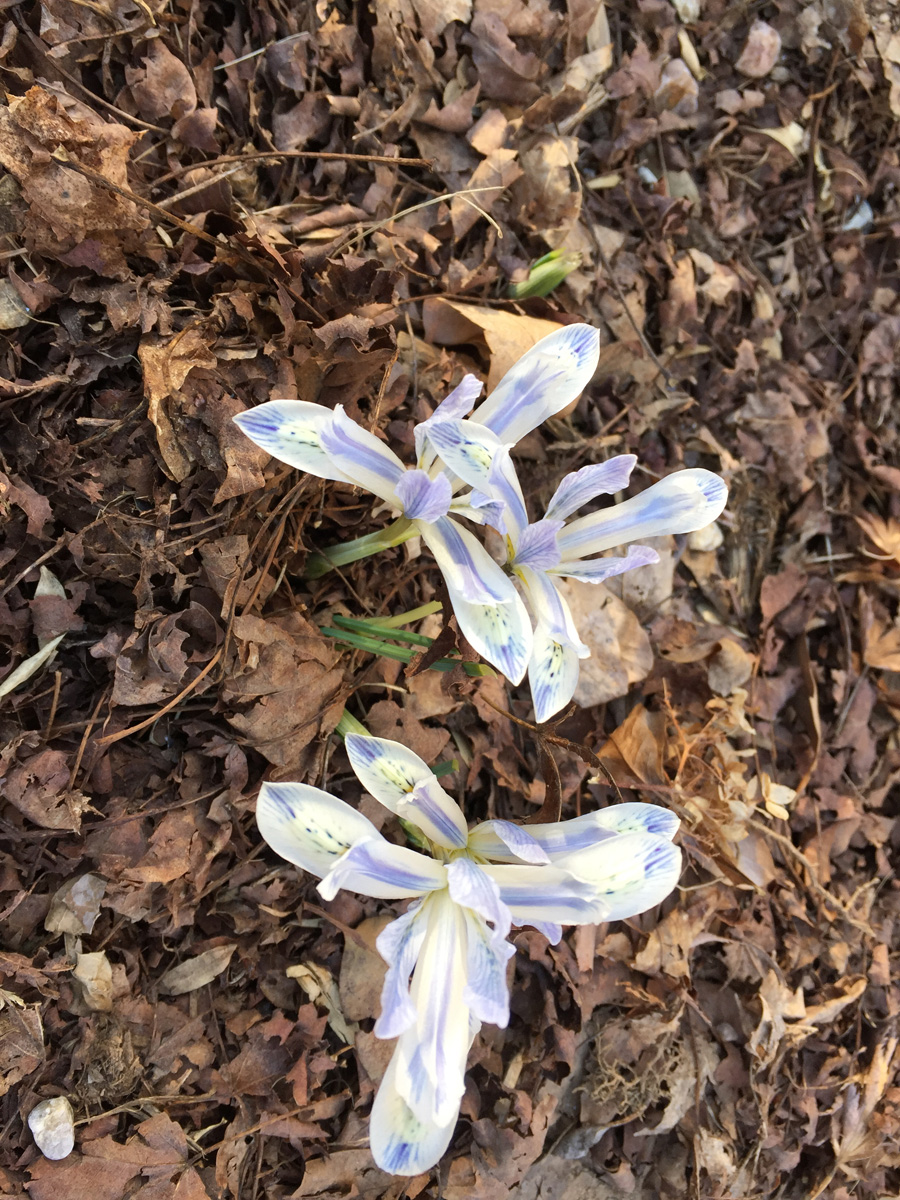 |
Danielle’s Plants
Eastern skunk cabbage (Symplocarpus foetidus, Zones 4–7)
Black garlic (Allium nigrum, Zones 3–8)
Chinese neillia (Neillia sinensis, Zones 5–7)
Beach plum (Prunus maritima, Zones 3–8)
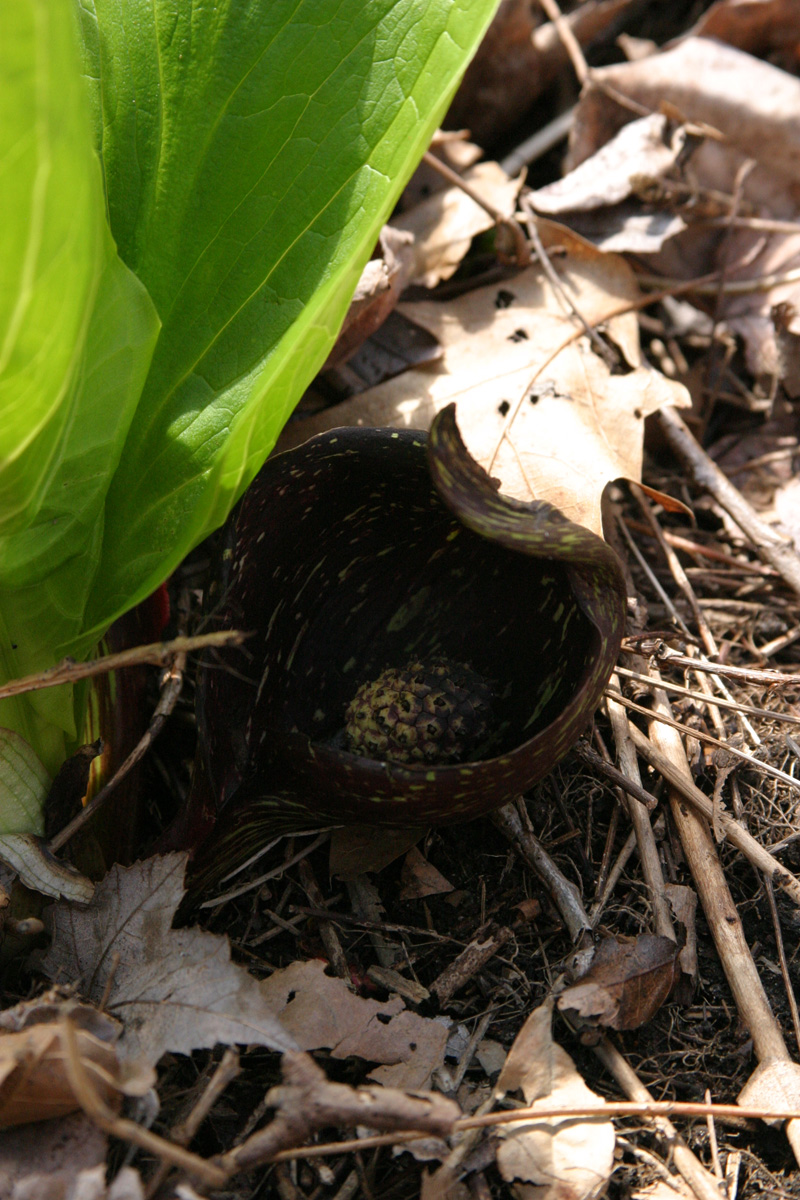



Steve’s Plants
Golden Jackpot® weigela (Weigela florida ‘MonRigney’, Zones 4–8)
Twinleaf (Jeffersonia diphylla, Zones 5–7)
‘Jeannine’ allium (Allium moly ‘Jeannine’, Zones 3–9)
Snowdrop anemone (Anemone sylvestris, Zones 4–8)
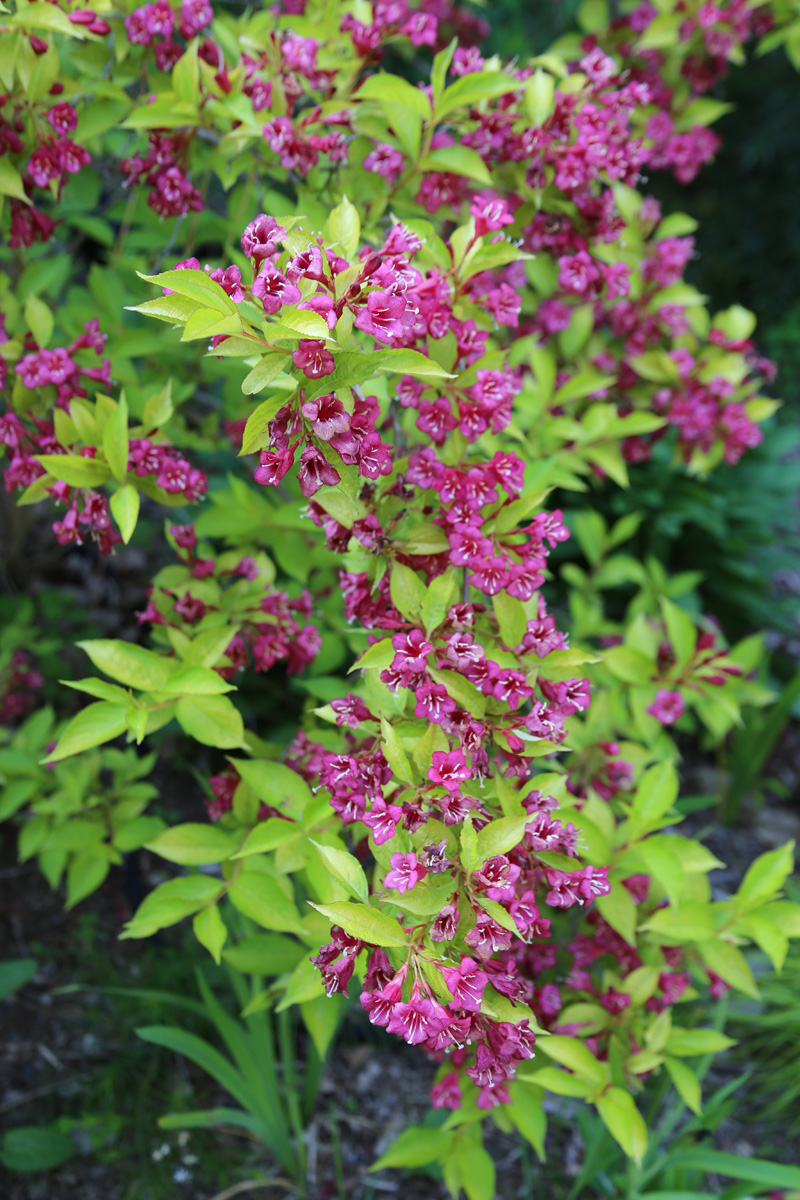



Expert Picks
Expert testimony: Bill Cullina is the executive director of the University of Pennsylvania’s Morris Arboretum.
Tibetan hellebore (Helleborus thibetanus, Zones 6–8)
Dwarf larkspur (Delphinium tricorne, Zones 4–7)
‘Katherine Hodgkin’ iris (Iris ‘Katherine Hodgkin’, Zones 5–9)
Swamp pink (Helonias bullata, Zones 6–9)
Chinese mayapple (Dysosma delavayi syn. Podophyllum delavayi, Zones 6–9)


 |
 |

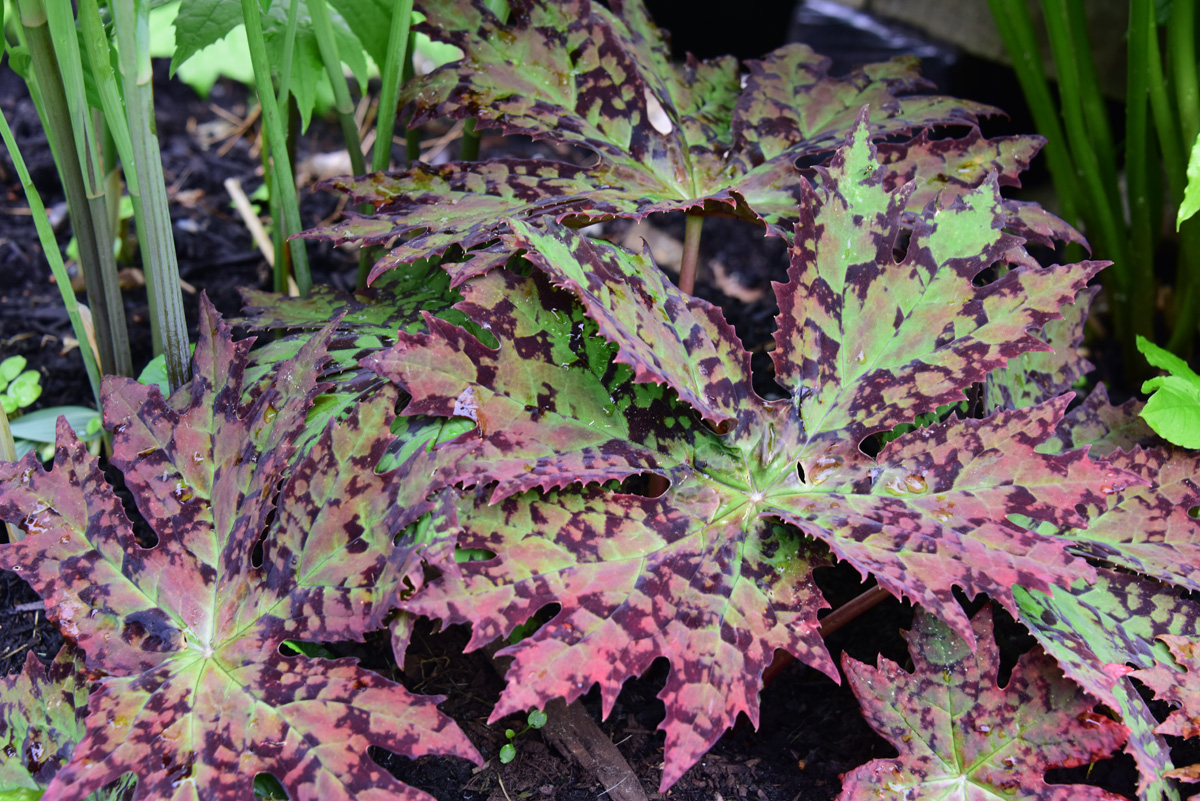
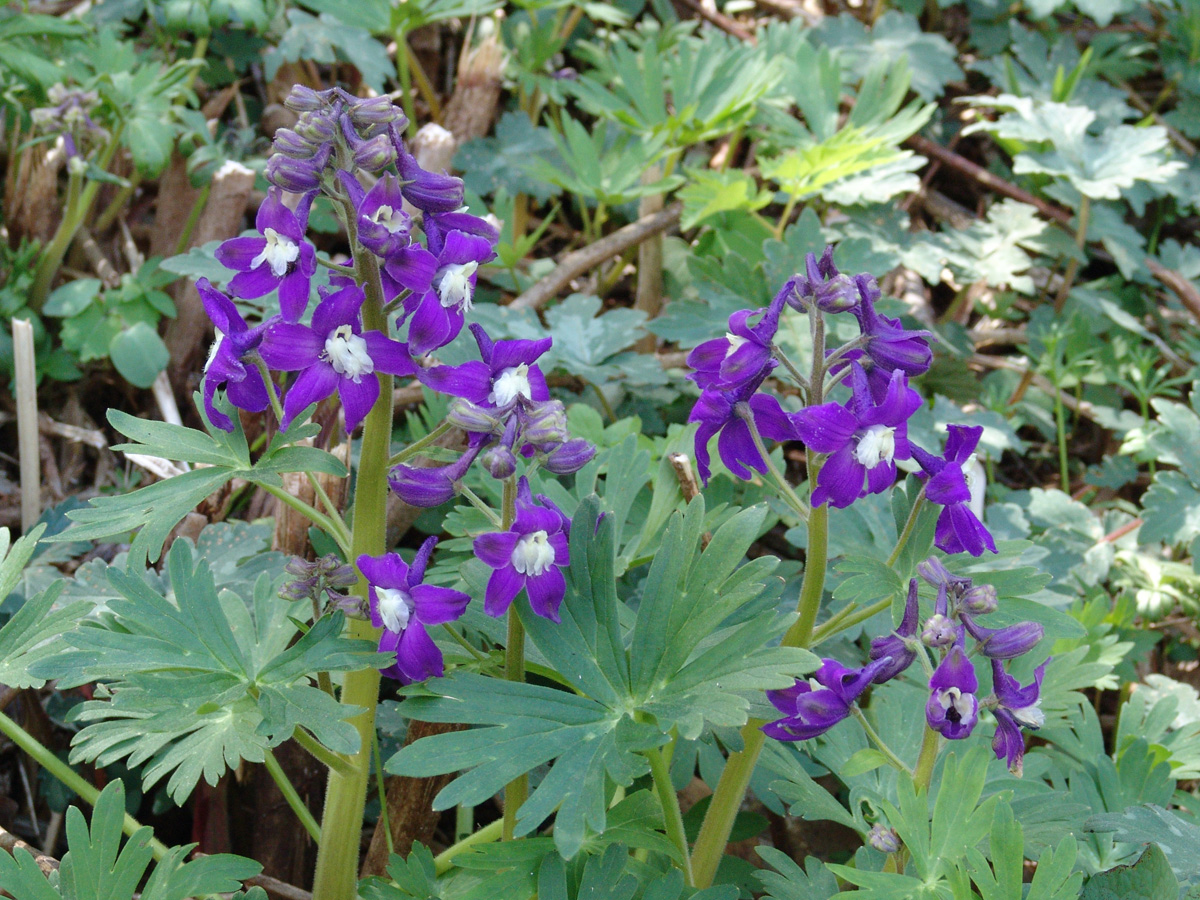



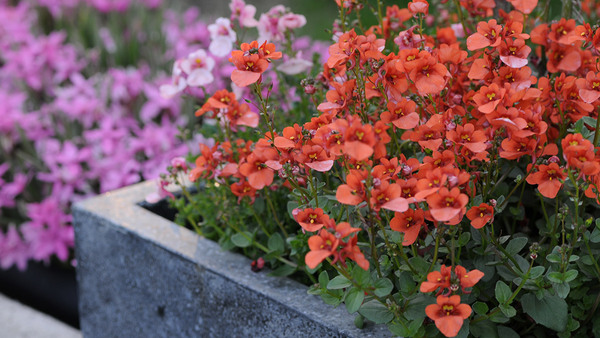
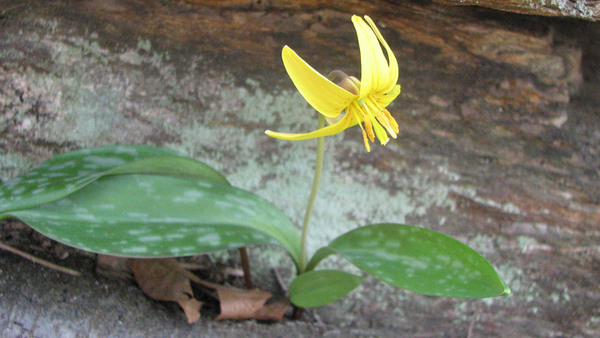














Comments
在开始assignment写作之前,同学们就应该开始进行大量阅读并整理相关文献。在这一准备assignment代写 阶段也有几点需要注意。首先,开题报告中出现的参考文献并不是越多越好。你需要引用能够支撑你观点的文献,而不是将前期搜集的文献全部放上去。其次在格式方面,一般开题报告的参考文献格式要求与论文格式是相同的。但是你也不可以直接应用,最好事先关注学院的相关规定,并且咨询下自己的导师。这样才可以保证不出错误,不过通常情况下开题报告的格式应与论文正文保持一致。
目前网课代上 https://ca.liuxuesavior.com/wang-ke-dai-xiu/ 反映出的这些深层次问题,无论是直播还是录播。第一个问题就是是通过“立体化”设计,为online教学提供质量保障。授课过程立体化。视频演讲中,对于一个question,可以针对不一样的水平的学生设计不一样的层次的讲解内容,比如对base薄弱的students需要对背景材料中的某些概念或信息进行详细说明,对于base较好的学生可以增加一些扩展内容等,也可以通过链接的形式,为不同层次的学生提供帮助和指导,学生按照实际需要点击收看。对于livestream课程,由于学生固定,授课教师比较了解学生的实际情况,教学中要设计一定的提问、小组讨论等互动交流环节,增加学生“出声”“出镜”的机会,营造课堂氛围,增强仪式感,让学生时刻感受到“正在上课”。
Log in or create an account to post a comment.
Sign up Log in